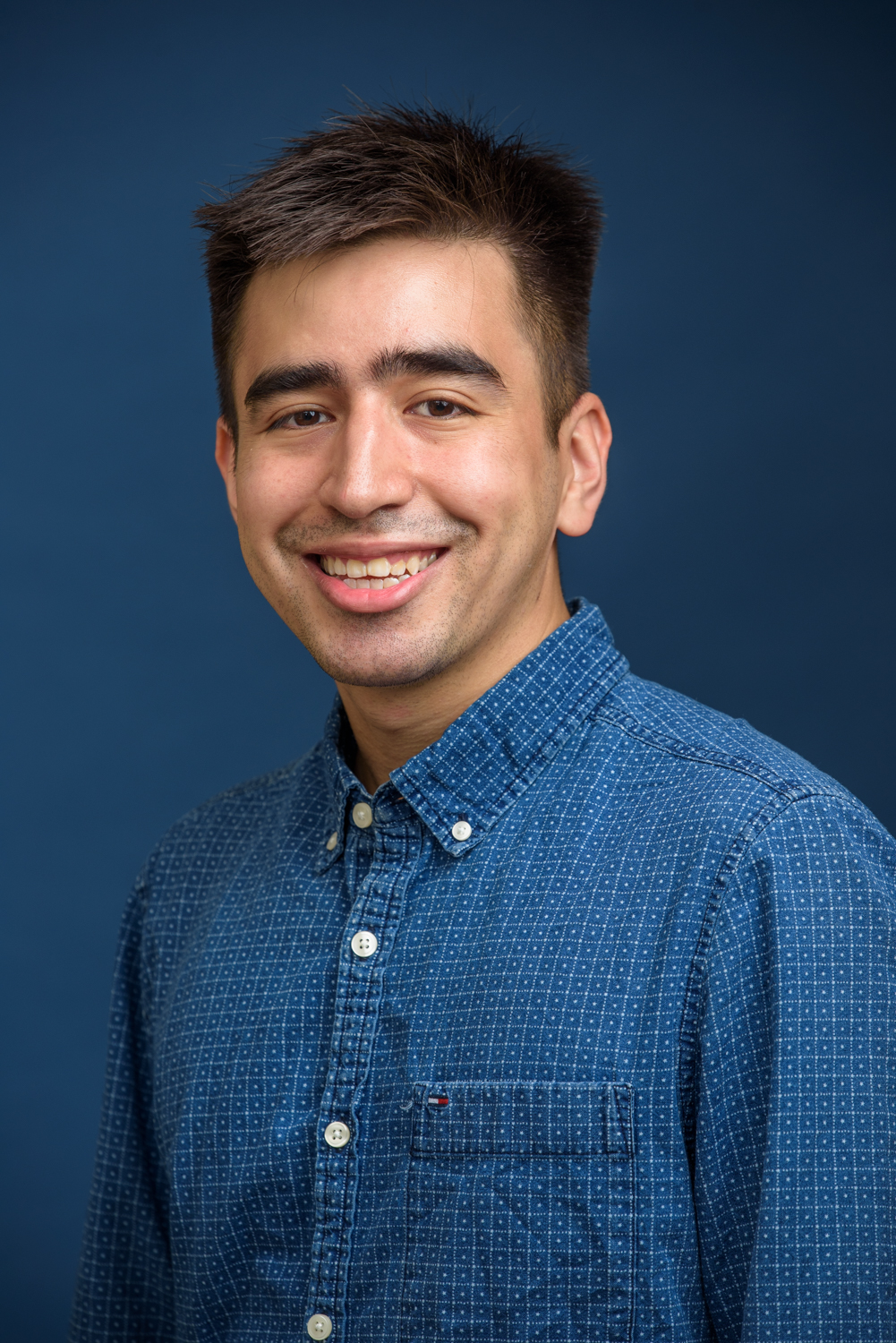
Eduardo Sandoval
- PhD student, Helen Wills Neuroscience Program
esandoval@berkeley.edu
Current Research I am a NSF GRFP fellow and am co-mentored by Robert T. Knight in the Department of Psychology and Michael R. DeWeese in Redwood and the Department of Physics. In the DeWeese lab, I am currently developing a causal model of sparse coding for auditory nerve fibers. In the Knight lab, I analyze human intra-cranial data while patients in the hospital complete various tasks. I look at both intracranial LFP, microLFP, and single unit data. The aim of this work focuses on uncovering the neural dynamics of the prefrontal cortex and hippocampus during cognitive inference of rules and time.
Bio Recently, I’ve been dancing salsa, cooking, and jogging to the Marina to catch a sunset. I believe in kindness and helping others.